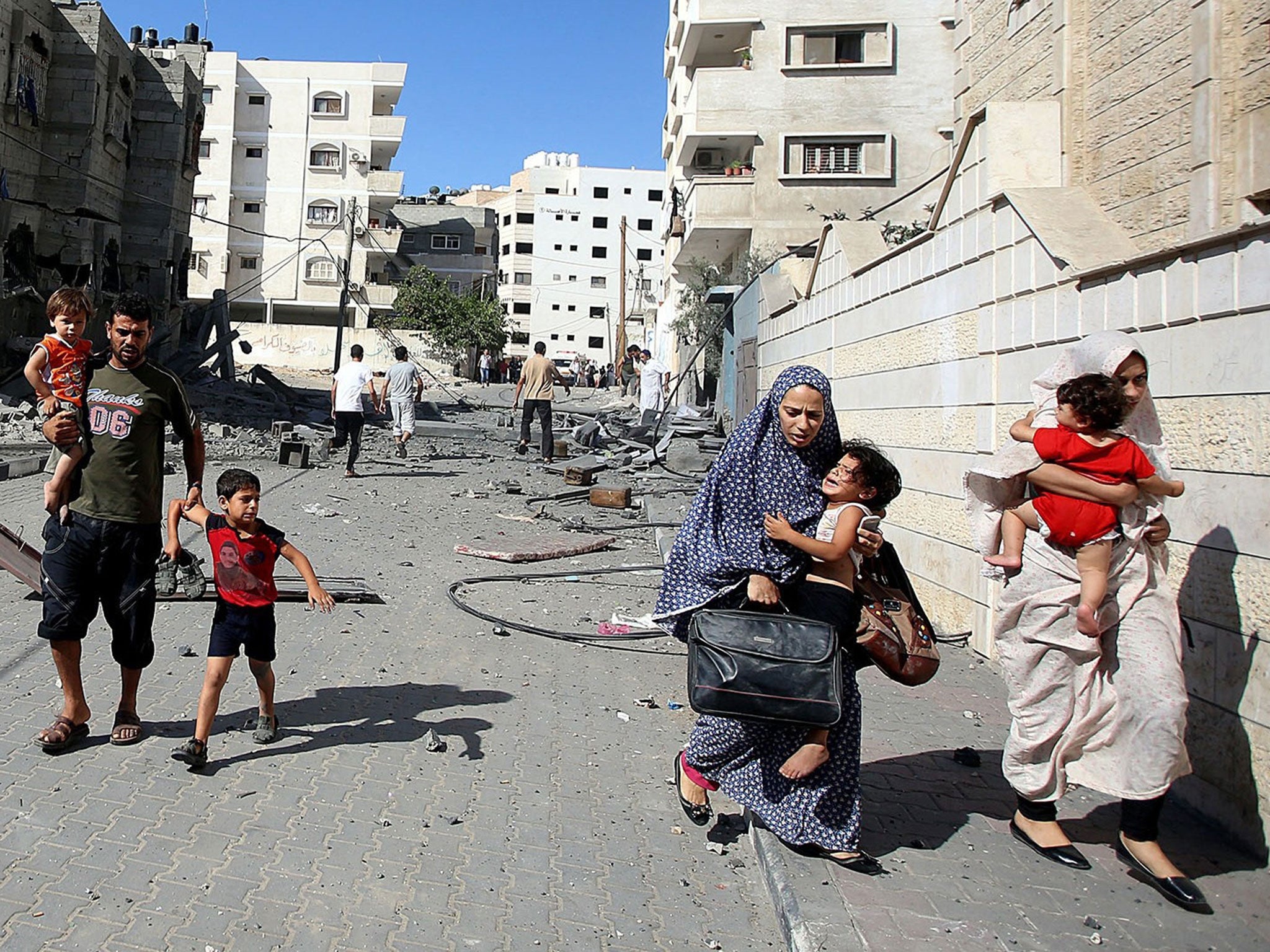Images of death and disaster can be powerful, but we must be wary of potential pitfalls
The Only Way is Ethics: A picture can speak a thousand words in the aftermath of war or terrorism, but showing death without justification is gratuitous


Thanks to the internet and social media, it is now possible to see images of battles, air crashes, motorway pile-ups and all manner of tragedies with remarkable immediacy.
For as long as there have been cameras and photographers, there have been gory pictures. But today’s technology – drones, iPhones and satellite stills – provides editors with a greater array of photographic material than ever before.
Showing death and disaster is a tricky business. Images are important in demonstrating the veracity of the words they accompany. And a photo which shows the aftermath of war or terrorism can be more powerful than even the most stunning prose.
But there are potential pitfalls. For one thing, we should not identify a dead or seriously injured person if we think there is a reasonable chance that by doing so we will, in effect, notify their family about the fate of their relative.
Secondly, some images are so gruesome that they lead only to revulsion and distress on the part of readers, rather than the righteous anger or pity which we might have hoped for. Each case must be judged on its merits.
Last week, in the days following the disappearance of an AirAsia flight between Indonesia and Singapore, local television in the region broadcast footage showing bodies and wreckage in the Java Sea. Grimly, other journalists were on hand to capture the grief of relatives who happened to see those images. Stills of both of the dead and the grieving quickly did the rounds.
Given that local media were there by consent at the centre where family and friends had gathered to await news – and bearing in mind the likely outcome of the search for the aircraft – it did not seem improper to use images showing their reaction.
As for those in which corpses in the sea could be seen, The Independent decided against publication, both in print and online. Concerns about identification were fairly minimal because the footage had been taken from some distance away. But there seemed something gratuitous about showing death for no reason other than to add more evidence to the story, the facts of which were not in dispute.
Moreover, there was no information in the low-quality imagery that could not be expressed in words. A decision to publish a picture of a corpse should not be made lightly.
The other option, to pixelate the bodies, can leave the pictures looking like something from a 1980s computer game – much less gratuitous in terms of detail, but equally grating.
Respect and sensitivity
An item on The Independent’s website raised an objection from some readers when it set out a selection of photographs, with accompanying analysis, under the headline “AirAsia missing flight QZ8501: The 21 most powerful images from the tragic crash”.
Not all of the pictures were of weeping relatives. It was not a ghoulish gallery of grief. Nor was the piece as reductive as the headline made it sound: the copy itself was substantial and nicely judged. And it was one piece about the tragedy among numerous others.
However, some felt that the inclusion of the words “21 most…” in the heading trivialised the horror by creating a hierarchical list. While the respectful tone of the rest of the article would hopefully have assured readers that there was no intention to be glib, it was, nonetheless, a useful reminder that even small presentational elements are crucial when reporting on such sensitive matters. The headline was duly amended.
Will Gore is Deputy Managing Editor of The Independent, i, Independent on Sunday and the Evening Standard
Twitter: @willjgore

Join our commenting forum
Join thought-provoking conversations, follow other Independent readers and see their replies